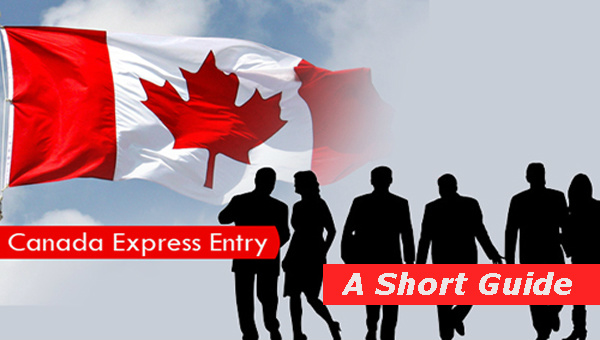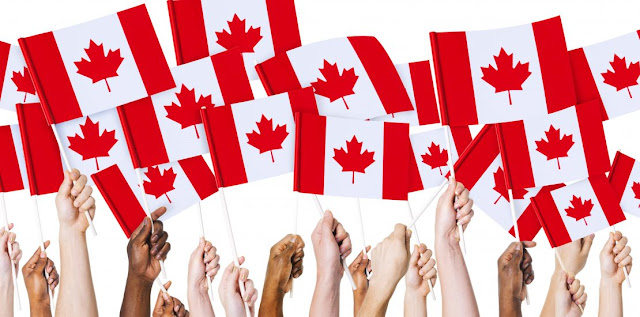The Removal of Racial and Ethnic Barriers
By the end of the 1945 war, Canadian immigration laws continued from the years of traditional warfare. It has not changed for the moment. A post-economic boom, the growing labor market and labor force is a requirement for operations, Canada's gradual European immigrants since its doors are open, the first in the UK and Western Europe - from foreign countries in Canada's traditional authority - but ultimately throughout Europe, and the Cold War at first, but, the migration of Eastern Europe ended.
The western border was closed by the Soviet Union and its partners. Most migrants, however, enter Canada from southern Europe, especially in Italy, Greece, and Portugal.Unlike the past period in the country's immigration camp, war crimes are only agricultural or mining industries or enthusiasm as a gap and not based rural flows. Canada from World War II in urban areas, industrial power has already existed, and soon the next generation of production and construction projects took some of the city's infrastructure, with others, better educated immigrants, strong demands, skilled skilled workers.
In the following years another major shift in Canada has emerged. The Canadian, federal and provincial government, gradually becoming the pressure to change human rights from the ancient immigrants and their children. And, just as Canada had discriminated against prejudice at home, the government came to an end to racial, religious, or international barriers to immigration to Canada.
At the end of the 1960's, racial discrimination was eliminated by Canada's immigration laws and regulations. Many of them have been condemned as unwanted before those open Canadian doors. In 1971, for the first time in Canada's history, most Canadians lived in Canada as descendants of Europe. This has been the case since the year. As a result, Canada is not just a big community, a Canadian generation generation as an incredible degree of mixed society.
Each claim to the Canadian refugee is an independent system process that is designed to judge. If it is set up for legal refugees, the right to Canada is a settler if the complainant is not paid, the complainant may be expelled from the country.
The western border was closed by the Soviet Union and its partners. Most migrants, however, enter Canada from southern Europe, especially in Italy, Greece, and Portugal.Unlike the past period in the country's immigration camp, war crimes are only agricultural or mining industries or enthusiasm as a gap and not based rural flows. Canada from World War II in urban areas, industrial power has already existed, and soon the next generation of production and construction projects took some of the city's infrastructure, with others, better educated immigrants, strong demands, skilled skilled workers.
In the following years another major shift in Canada has emerged. The Canadian, federal and provincial government, gradually becoming the pressure to change human rights from the ancient immigrants and their children. And, just as Canada had discriminated against prejudice at home, the government came to an end to racial, religious, or international barriers to immigration to Canada.
At the end of the 1960's, racial discrimination was eliminated by Canada's immigration laws and regulations. Many of them have been condemned as unwanted before those open Canadian doors. In 1971, for the first time in Canada's history, most Canadians lived in Canada as descendants of Europe. This has been the case since the year. As a result, Canada is not just a big community, a Canadian generation generation as an incredible degree of mixed society.
Each claim to the Canadian refugee is an independent system process that is designed to judge. If it is set up for legal refugees, the right to Canada is a settler if the complainant is not paid, the complainant may be expelled from the country.




Comments
Post a Comment